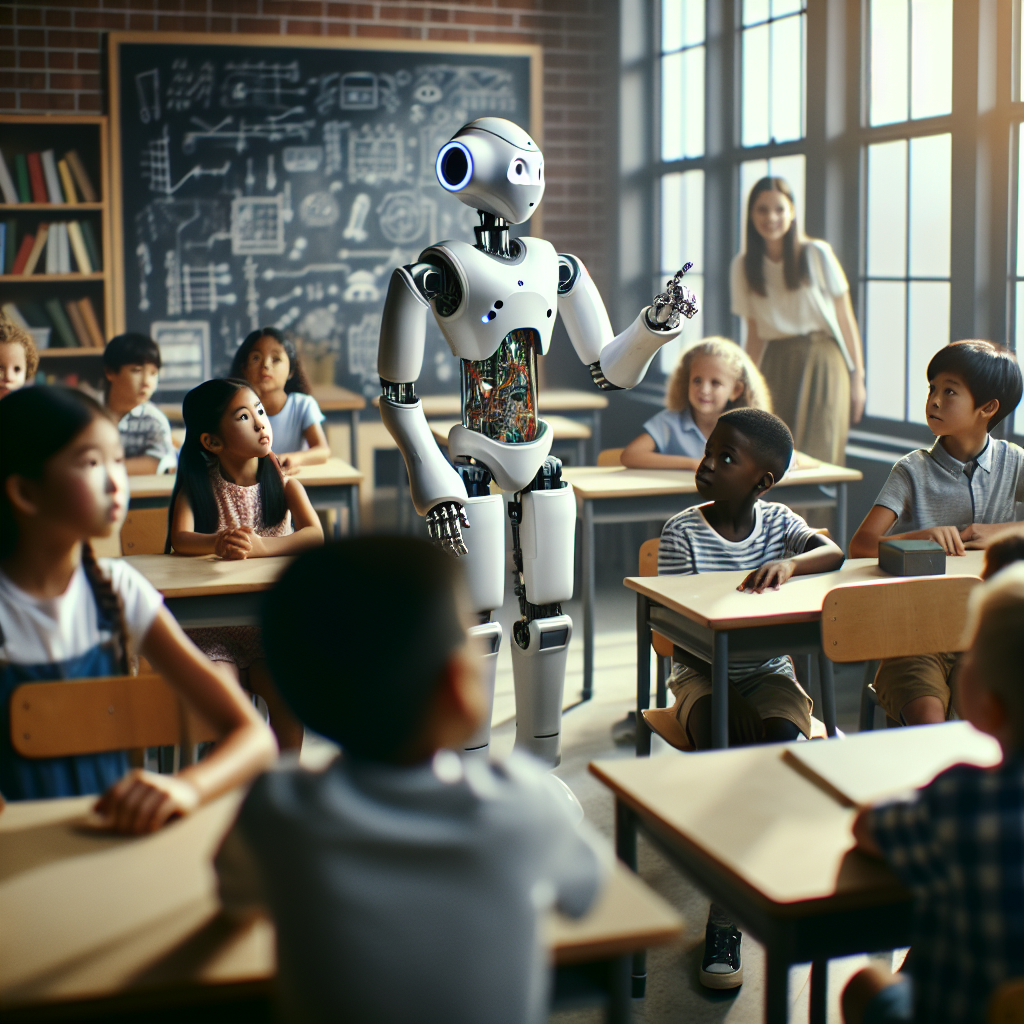Exploring the Frontiers of Humanoid Robotics: A Leap Toward the Future
In the realm of robotics, the development of humanoid robots signifies not just a technological advancement but also a remarkable milestone in the synthesis of human intelligence and machine precision. These robots, featuring a human-like structure, are poised to transform numerous aspects of daily life, from healthcare and education to disaster response and entertainment. This week’s blog post delves into the current achievements, challenges, and future prospects of humanoid robotics.
The Cutting-Edge of Humanoid Robotics
Advances in Technology
Over the past decade, we’ve witnessed significant advancements in the field of humanoid robotics. The integration of AI, machine learning, and advanced sensory technologies has empowered these robots to perform complex tasks that were previously deemed implausible. Key developments include:
- Enhanced Mobility: Modern humanoid robots exhibit improved mobility thanks to sophisticated servo-motors and balance algorithms that mimic human motion.
- Advanced Communication: From simple voice commands to understanding natural language, humanoid robots can interact with humans in increasingly complex ways.
- Emotion Recognition: Utilizing AI to interpret facial expressions and voice modulation allows these robots to engage in more empathetic and context-aware interactions.
Real-World Applications
Humanoid robots are not confined to research labs; they are making their way into the real world. Various sectors utilizing these robots include:
- Healthcare: Assisting in routine care and rehabilitation exercises.
- Education: Serving as interactive learning tools that can adapt to different learning styles.
- Disaster Response: Operating in environments too dangerous for humans, such as earthquake-hit areas or fire incidents.
- Entertainment: Performing in theme parks or acting in complex film sequences.
Challenges Ahead
Despite the impressive progress, several challenges remain that must be addressed to enhance the functionality and societal integration of humanoid robots:
- Cost of Production: The high cost of design and fabrication limits accessibility and widespread adoption.
- Ethical Concerns: Issues such as privacy, autonomy, and the potential displacement of jobs require careful management and regulation.
- Technical Limitations: Continuous improvements in power efficiency, durability, and adaptability are crucial.
Future Directions
Looking ahead, the potential for humanoid robots is boundless. Anticipated future improvements and innovations include:
- Better Cognitive Abilities: Developing robots with advanced decision-making skills that can learn from their environment and experiences.
- Increased Interaction Complexity: Enhancing robots’ abilities to perceive and understand social cues for smoother interactions.
- Seamless Integration into Society: Creating frameworks and policies that facilitate the safe integration of humanoid robots into everyday human environments.
Conclusion
Humanoid robotics stands at a fascinating juncture, with the synergy of human-like design and robotic efficiency paving the way for innovations that were once the domain of science fiction. As we continue to unlock new potentials and solve existing challenges, humanoid robots are set to become an integral part of our lives, redefining what machines are capable of and how we interact with technology. The journey of humanoid robotics is just beginning, and its future is as thrilling as it is unlimited.



